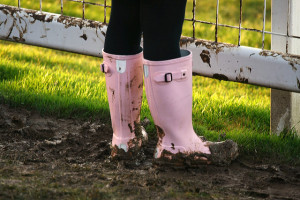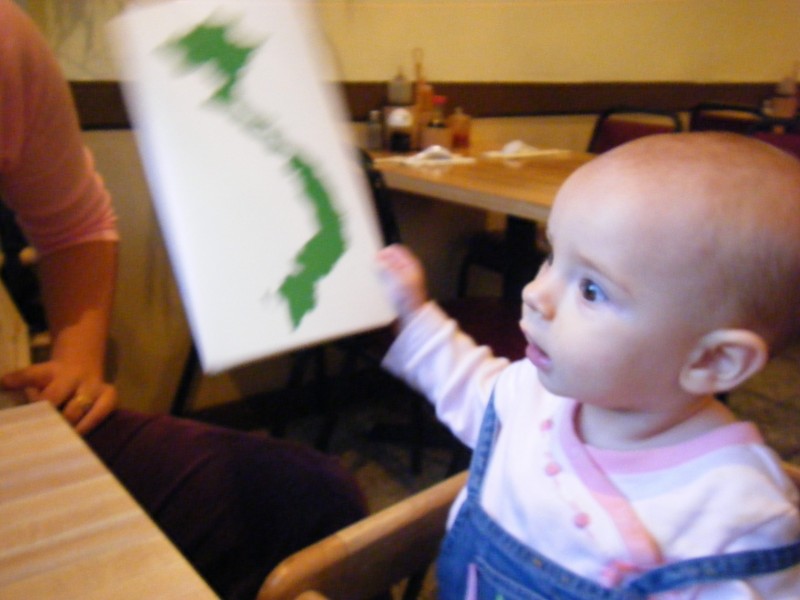I didn’t expect to be married to one of the bad guys, but there it is.
My husband Kendall was recently asked to lead a workshop at a seminary conference. I came along to help him keep time. While we were waiting for everyone else to arrive, I read the program. We were Track #2.
Track #2: Neighborhoods and Development. Goal: To assist churches and communities in analyzing and responding to physical, cultural, and socio-political changes within neighborhoods as a result of urban development policies and approaches.
This was a mouthful, but I knew what it meant. My husband works for a local Community Development Corporation (CDC) that has succeeded, over the past decade or two, to bring significant changes to the East Liberty neighborhood of Pittsburgh. Changes like a dramatic reduction in the crime rate; changes like an upturn in the housing market. Changes like opening (at that time) the only Whole Foods in Western Pennsylvania.
Changes like white people walking the streets with yoga mats tucked under their arms.
 And the word, the g-word, began to buzz in conversation, public and private. By the time of the conference, I was used to concerned friends asking questions like, “But what will happen to all of the residents who were already there?” or “What if rents rise and push people out?”
And the word, the g-word, began to buzz in conversation, public and private. By the time of the conference, I was used to concerned friends asking questions like, “But what will happen to all of the residents who were already there?” or “What if rents rise and push people out?”
Kendall had answers to these questions: His organization had secured a large number of affordable units a decade earlier. More than a third of the housing in the neighborhood is subsidized long-term. The improved market could create generational wealth for current residents. The increased tax revenue benefited public schools. Turn-of-the-century houses were expensive to renovate, and without investment, they would rot and be torn down.
And finally, if our friends weren’t convinced (they usually weren’t), he would remind them that his organization had merely enacted the results of two extensive community plans, done in 1999 and 2010. These plans called for the creation of a mixed-income community, and that is what East Liberty was becoming.
“But isn’t it just being gentrified?” was the shorthand response, or, as one brave participant in the seminary workshop finally voiced, “Aren’t you just trying to get rid of all the black people?”
I checked the time; Kendall was just halfway done.
*****
This month’s theme at You Are Here is “Together in Place,” and as I have reflected on the gentrification conversations that go along with being married to my husband, I realize that a “Mixed Income Community”, however attractive in theory, is messy and frightening in practice.
Consider the alternative. Isn’t there something in us, as human beings, that is drawn to living near people who look like us, act like us, and make just about as much money as we do? Why else would we create gated communities? Why else, sixty years ago, did people flee to the suburbs? And why else, as the wealthy (in Pittsburgh, read ‘white people’) return to the cities in this decade, would there be a sense of invasion and take-over?
Take-over. This was the phrase my friend used as we sat together in the car after Kendall’s presentation. “I know that he’s got a convincing argument,” he conceded, staring out the window, “but there’s just this sense that people have, this sense that their world is being taken over, and there’s nothing they can do to stop it. It feels like a take-over, and that’s scary.”
For awhile, we sat in silence. Neither of us had any answers. There were good reasons to build a mixed-income community; there were compelling arguments for the change. The cost of doing nothing, of stagnation, of the status-quo, of ghettos and gated communities, was also high.
But living together is hard, and there’s this open question: how long will we able to keep it up? Rich, Poor, Middle-income, Black, White, Asian, Latino–all the census categories and a thousand variations–will we learn to live as neighbors? Will we attend each other’s birthday parties, bar mitzvahs and funerals? Will our children grow up together? Can our worship spaces go from being the most segregated places in America to become communities of reconciliation?
Can we live together? Or, is it inevitable that one group will take-over, one group will flee or be pushed out, and that a mixed-income community is just a stop on the way to gentrification?
I don’t know the answers to these questions. But the friend in the car was the pastor of my church, our mixed-race and mixed-income church of a hundred-or-so people who love one another, and we were determined to continue the conversation.
*****
Early this morning I was walking up the hill to my house, and I saw someone approaching, coming down the hill. The sun had not yet risen–I am on my guard in the dark–but as the figure came into focus, I relaxed. It was a middle-aged woman, vaguely familiar, dressed in hospital scrubs with an umbrella tucked under her arm. “Good morning” I chirped, perhaps a little too cheerfully, my voice loud in all that quiet morning space.
And… nothing. For a long moment, she just stared. I took in her worn brown face, cigarette in hand; she glanced at my pink cheeks and the orange yoga mat tucked under my arm.
“Good morning” she finally acknowledged, her sharp tone cutting into the air between us, her meaning clearly the opposite of her words. And just like that we passed one another, quickly, and the silence re-settled into the city streets.
What will fill this silence? This remains to be seen.
*****
Later this month, I will fill some of the silence with another post, Gentrification Conversation: Part Two. In the meantime, those of you with opinions, questions or your own experiences… please comment. I’d like to hear what you have to say.
Yoga Mat photo by Grace Commons





